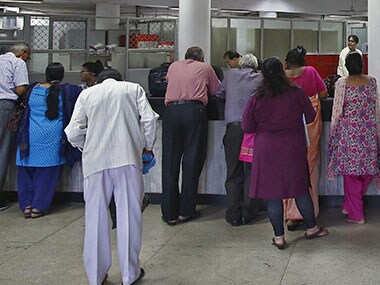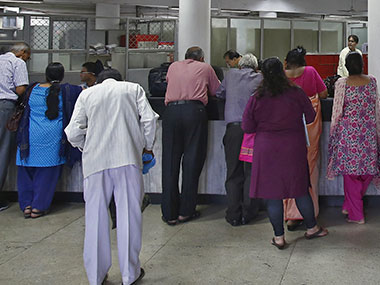You get a loan for almost everything under the sun these days. And the happy news now is that the loans are getting cheaper as the interest rates in the economy is on the decline. Earlier in this months the Reserve Bank of India cut its policy rate by 25 basis points. Much before that the banks had already started reducing rates offered for savings and fixed deposits. And now a further reduction in loan rate is a given. But, historically banks are known to pass on the lower rate benefit to acquire new customers while the existing borrowers simply stick on higher rate. Today we bring you three financial strategies to lower your interest rate on credit card, home loan and personal loan. Read on: [caption id=“attachment_3890131” align=“alignleft” width=“380”]  Representational image. Reuters[/caption] Credit card There’s no doubt that credit card is the most expensive debt that one can have. It can reach to as much as 40 percent per annum. So what can you do? First try and negotiate a lower rate. This will work only if you have been a good borrower. The associate you speak on phone mostly has no authority, and may resist even taking your request. So make sure you ask the associate to forward the request to the respective department head. But then it is always better to visit the bank and make a formal request on paper. You can present your case better. It will take a couple of days before you get the answer. If your current lender is not willing to lower your interest rate, then think of switching to another card using the balance transfer facility, wherein you can transfer outstanding balance from one credit card to another. When you do a balance transfer, usually you pay a much lower interest rate on the card on which the balance is transferred. So that way, you will be able to manage or pay the monthly dues with some ease. Usually, you can do two types of balance transfers. One is the “fixed duration” option and the other is the “lifetime duration” option. The fixed duration option is a limited period offer. Here, usually you will have to pay your dues within 3-12 months. During this period, the bank offers you a lower interest rate around 0.80 percent per month or 9 percent per annum. In the lifetime option, you get a lifetime to pay back the dues. But the interest charged isn’t as low as the fixed rate option. It will be slightly less than what you pay on your regular credit card –around 1-2 percent per month or 12-24 percent per annum. However, most of the banks give limited period offer. To use the facility, you will need to give details of your current card to the new bank and do some paperwork. After the bank verifies the details and if everything is in place, it will send you a demand draft within two weeks. The draft will be for the transferred amount in favour of the old credit card bank. Remember, balance transfer is a temporary solution. It will help you lower your interest rate, but you should be careful using credit cards in the first place. Home loan When it comes to home loan, you better roll up your sleeve and start getting into bargain mode. As mentioned earlier, negotiate with your current lender for a lower rate. In short, re-negotiate your current deal. If you’ve been a good borrower and have been regular in servicing your EMIs, the bank might just give you a lower rate right away. To make a substantial amount of saving you will need to ensure that the new lender offers you at least 100-150 basis points lower rate. That way, you would be able to save larger sum on your loan. Suppose your outstanding loan amount is, say, Rs 50 lakh and you have 15 years left to service it at 10.15 percent per anum rate. If the new bank is ready to give you 9 percent rate, the total interest cost of remaining loan would be cheaper by Rs 6,25,803. That indeed is a big saving. If you switch at the beginning of the loan tenor, you pay a higher amount towards the interest component, while towards the end of the loan, you pay higher amount toward the principal part. You get a better deal when you switch during the initial years of the loan. One more thing to remember, if you had taken the loan after April 2016, you are already on MCLR or marginal cost of funds based lending rate. But if you had taken the loan before April 2016, you are still stuck on base rate. In that case, consider switching your loan to MCLR as it aims to be more real time, due to a pre-determined reset clause. Personal loan When it comes to a personal loan, ask your bank for a lower rate. Chances of that happening are slim to none, considering most personal loans are fixed rate loans. You could consider switching to another lender. If you want to transfer the balance to another lender, you have to pay a pre-closure fee of 2-5 percent of the outstanding amount. This could make the transfer a very expensive ordeal. An alternative way to get a lower rate is taking a loan against an asset (as they are cheaper) and paying off the personal loan. But remember it depends on specific cases. One way to reduce the outflow is to increase the EMI and reduce the tenure. This will make the total cost of the loan smaller. Of course, check if your lender allows you to do so. However, banks usually every trick possible on the customer to not lower interest rate on personal loans.
Negotiate, negotiate, negotiate - that is the only way you can lower the interest rate on loans. But for that first you have to be a good borrower
Advertisement
End of Article


)




